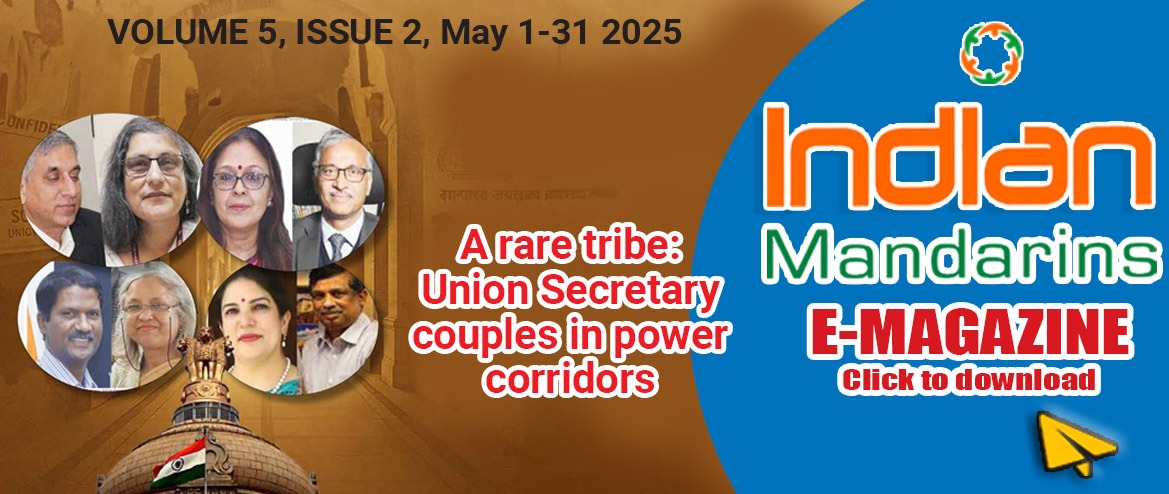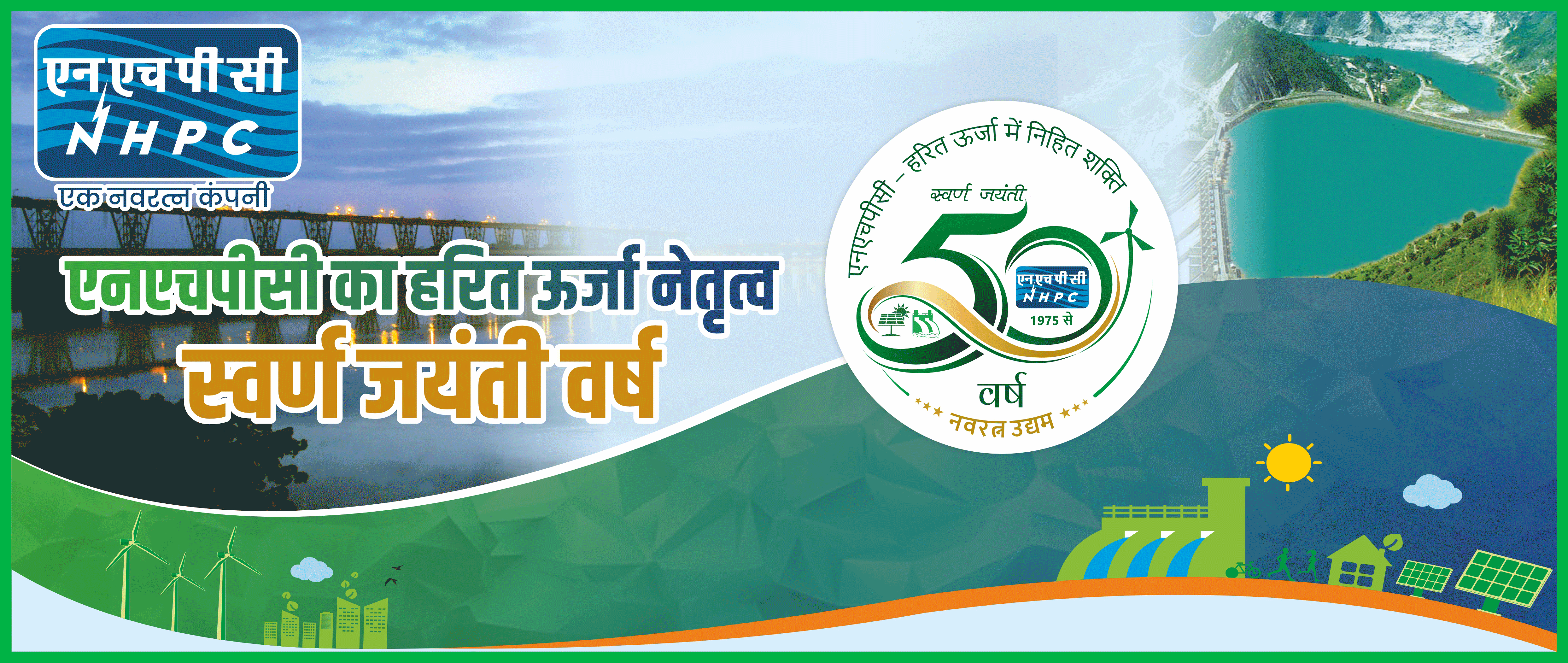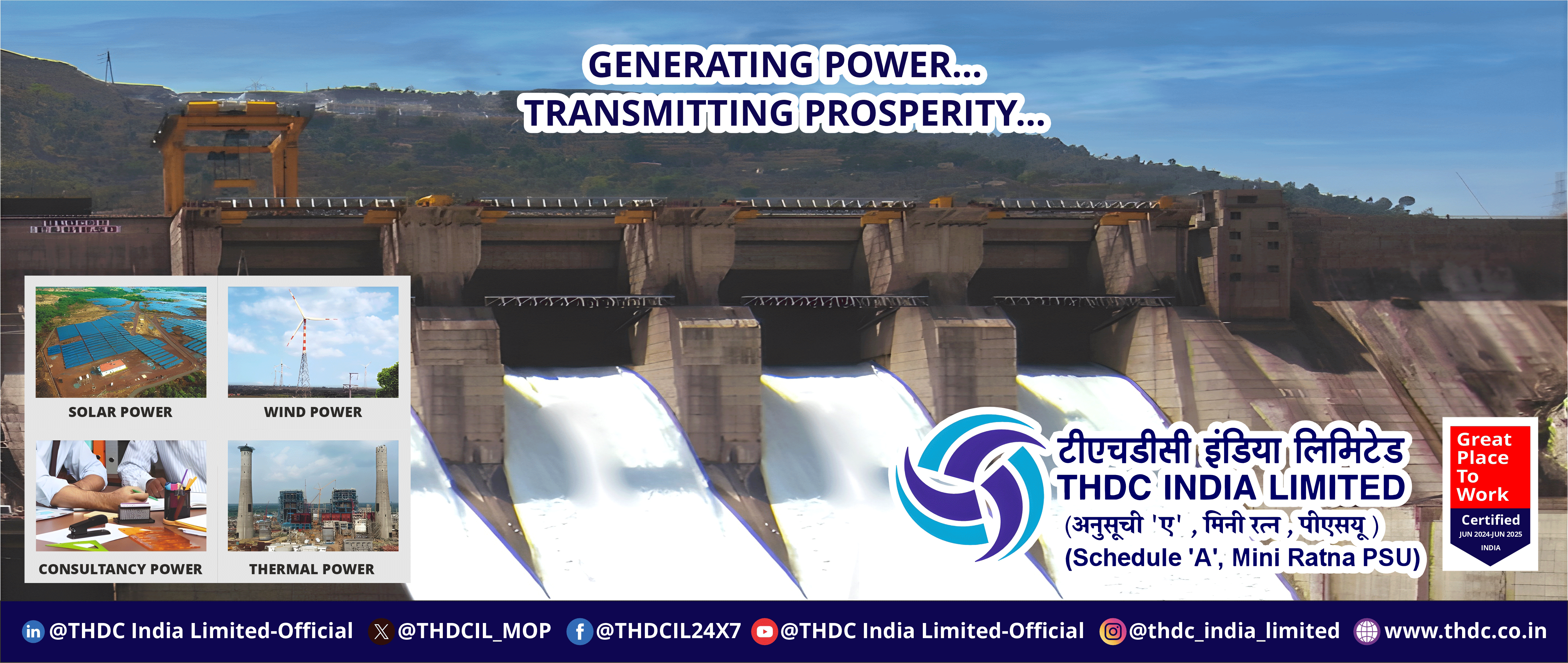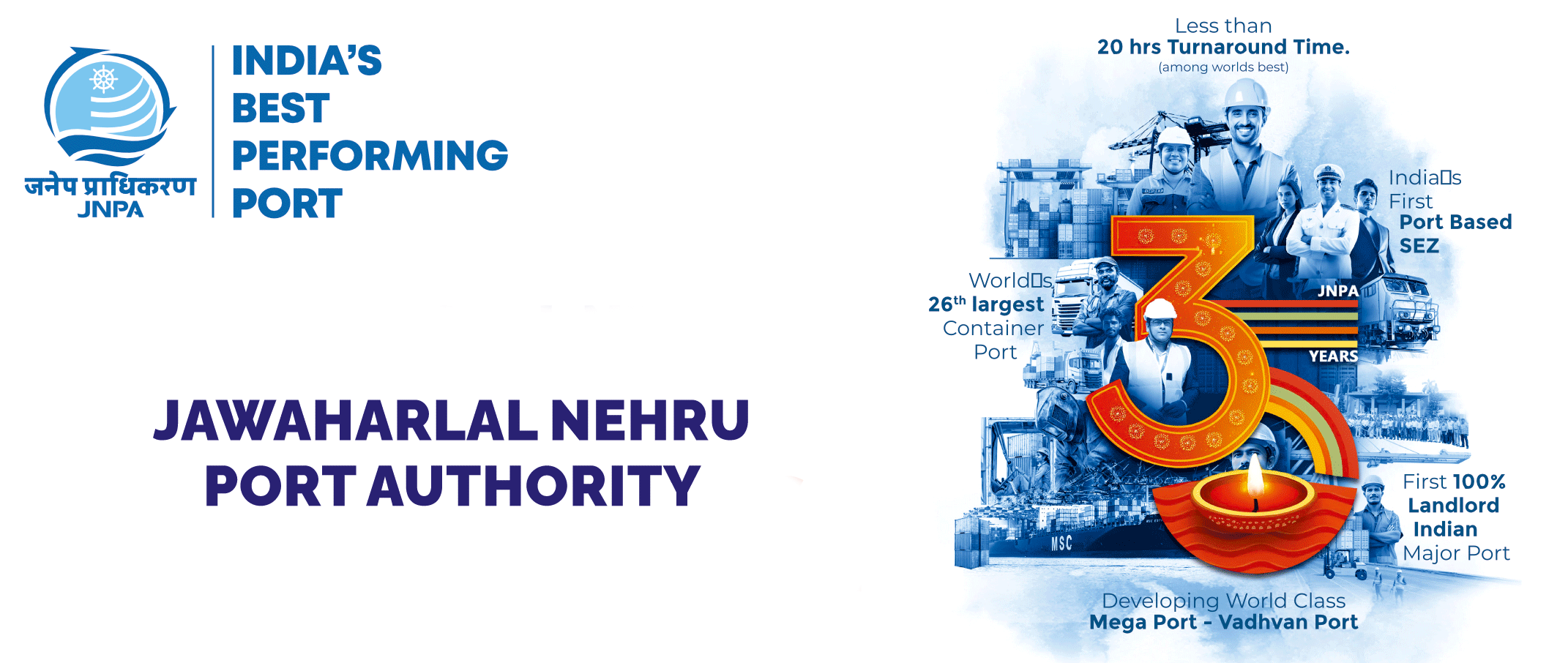TO RECIEVE EXCLUSIVE POSTS AND NEWS
New Delhi (07.06.2022): “To improve is to change, to be perfect is to change often” said Winston Churchil. Indian Railways is trying to follow this maxim while trying to push its boundaries of revenue basket by emphasising the role of Non-Fare revenue. Non Fare Revenue are those earnings of the railways that accrue from sources that do not have a fixed tariff table and are decided by market conditions. These include revenue from advertising and monetization of railway assets. All railway earnings are categorised under four major heads i.e. Passenger, Freight, Other coaching earnings ( parcel and ticket checking) and Sundries which include Non-Conventional sources of revenue including advertising and catering. The organisation's revenue performance in the last decade i.e. from 2010 to 2020, shows that the revenue accrued under each of these categories has almost doubled . The passenger revenues which were Rs 25792.63 cr. in 2010 rose to Rs 50669.09 cr, while goods increased from Rs 62844.72 cr. to Rs 111472.30 cr. In the same period Other coaching revenues were Rs 2469.84 cr in 2010 which increased to Rs 4640.79 cr and Sundries were Rs 3418.27 cr in 2010, which rose to Rs 5862.75 cr in 2020. However the percentage share for each of these sectors in this decade has remained almost the same. In 2010 Passenger services contributed 27%, Goods 66%, Other Coaching Revenue 3% while Sundries contributed 4%. The share in 2020 remained at 29% for passengers, 65% for Goods, Other Coaching Revenue 3% while sundries also contributed 3%. Railway was functioning at an operating ratio of 94.59% in 2010 which deteriorated to 98.36% in 2020. The Indian Railways is the biggest employer for the government of India with 12.54 lakh employees on its payroll. As the organisation is embedded in the fabric of a socialistic democracy, passenger and freight charges will always be economical. Also there are certain systemic limitations with regard to increase in revenues in each of the traditional heads. . A lot of innovations have been brought about in the area of passenger services with new coach compositions of Tejas and Vande Bharat trains. The budget for 2022-23 has envisaged an additional 400 Vande Bharat trains in the next 3 years. A lot of value added services have also been provided to enhance the passenger’s travel experience. In the area of freight a dedicated freight corridor is fast taking shape. With the government's commitment to provide a strong infrastructure in the area of transport, this year's budget announcement of Gati Shakti Terminals providing e-linkages between road, rail and waterways, is likely to give a boost to the transport sector. The returns are huge but will require a huge amount of investments both in terms of time and technology. The Non Fare way, though will contribute only a miniscule amount as compared to passenger and freight but requires no investments and returns have no gestation period. They are instant ! NFR policy primarily deals with advertisement on Railway stations, trains, railway bridges and other assets, setting up of ATMs at stations, offering digital content on trains and platforms, besides other innovative ideas that can help the railways increase its revenues. In various railway systems of the world the contribution of Non Fare Revenue to the railway kitty in terms of percentages is much more as compared to Indian Railways. In the Deutsche Bahn railways of Germany, the NFR contribution is 34%. For Japan it is 30%, while for France National Railway Company it is 10%. For Indian Railways it is less than 5%. This only suggests that the scope for NFR is huge over Indian railways. There are various sources of Non fare revenue which includes Out of Home (Hoardings), Mobile assets like Vinyl wrappings, Rail Display Network which includes digital displays at stations. The biggest revenue earner for Railways are Out of home billboards. These can be seen at conspicuous railway crossings, Road over bridges and roads under bridges. To delegate more powers to the Divisions of Indian Railways a new policy was formulated in 2016 called NINFRIS- New Innovate Non Fare Revenue Idea Scheme. The objective of the policy was to generate NFR through innovative means with improvements in passenger convenience. The policy envisaged implementing innovative ideas through faster decision-making. There have been several success stories over IR under this frame. These include coach restaurants over Northern and West Central Railway, new swanky lounges on platforms of Delhi, Mumbai and Jabalpur and Digilocker facilities at Chhatrapati Shivaji Terminus, Mumbai. These proposals have not only provided better facilities to passengers but have also saved precious revenues for Indian railways. A Hybrid Onboard Housekeeping Contract on earning modes for some trains has been awarded by Central Railway under NINFRIS for one year. Licensee has rights of Exterior/Interior advertising, infotainment, train vending of multi-purpose items including disposable linens (non-catering) and promotional rights. Central Railway will save Rs. 3.58 cr as notional savings on OBHS & Bedroll service. An innovative concept of providing hoardings with solar panels is being implemented over Central and Western Railway under this scheme. This is the beginning of earning ‘ Green revenue’ for Indian Railways under NFR. In suburban trains over the Central Railway commuters often engage with the QR code of the Pink Box. This again is an innovative idea of providing Content on Demand which includes pre-loaded games, movies and study materials that can be downloaded through free Wi-Fi. Central Railway in its support for ‘Make In India’ initiatives has planned to install India’s first indigenous Atmospheric Water Generator (AWG) machine with re-mineralized water through M/S Maithri Aquatech Pvt. Ltd. An Atmospheric Water Generator (AWG) is a device that extracts water from ambient air utilising the science of condensation. The technology allows operating in a wide variety of ambient temperatures (18°C- 45°C) and relative humidity conditions (25% - 100%). 17 such kiosks will be installed over Central Railway. From May-2022 Indian Railways has implemented an e-auction module for all major revenue contracts. The methodology simplifies the entire tender process and brings registered contractors of all the Zones on one platform. It saves immense time in the finalization of tenders. Although still at a nascent stage it suggests a sea change in the way that Railways is moving forward. The Indian railways are poised to take a 10X leap into the future and Non-Fare will be a major contributor in this leap. Even the sky is not the limit for the Non Fare Way. (The writer is Chief Commercial Manager for Passenger Services/Central Railway. CR was the highest grosser for Non-Fare Revenue in the year 2021-22)
Readers' Choice
R K Sharma is the new Rajasthan DGP 30 Jun 2025
Centre swings surprise, Gujarat DGP gets extension in service 30 Jun 2025
Tenure of Chhattisgarh Chief Secretary extended 30 Jun 2025
Rajesh Kumar appointed as Chief Secretary of Maharashtra 30 Jun 2025
Saswata Mishra appointed Principal Secretary to Odisha CM 30 Jun 2025
Increasing Railway Revenue: The Non Fare Way
By Indianmandarins - 2022-06-07 14:12:00

New Delhi (07.06.2022): “To improve is to change, to be perfect is to change often” said Winston Churchil. Indian Railways is trying to follow this maxim while trying to push its boundaries of revenue basket by emphasising the role of Non-Fare revenue.
Non Fare Revenue are those earnings of the railways that accrue from sources that do not have a fixed tariff table and are decided by market conditions. These include revenue from advertising and monetization of railway assets. All railway earnings are categorised under four major heads i.e. Passenger, Freight, Other coaching earnings ( parcel and ticket checking) and Sundries which include Non-Conventional sources of revenue including advertising and catering.
The organisation's revenue performance in the last decade i.e. from 2010 to 2020, shows that the revenue accrued under each of these categories has almost doubled . The passenger revenues which were Rs 25792.63 cr. in 2010 rose to Rs 50669.09 cr, while goods increased from Rs 62844.72 cr. to Rs 111472.30 cr. In the same period Other coaching revenues were Rs 2469.84 cr in 2010 which increased to Rs 4640.79 cr and Sundries were Rs 3418.27 cr in 2010, which rose to Rs 5862.75 cr in 2020. However the percentage share for each of these sectors in this decade has remained almost the same. In 2010 Passenger services contributed 27%, Goods 66%, Other Coaching Revenue 3% while Sundries contributed 4%. The share in 2020 remained at 29% for passengers, 65% for Goods, Other Coaching Revenue 3% while sundries also contributed 3%. Railway was functioning at an operating ratio of 94.59% in 2010 which deteriorated to 98.36% in 2020. The Indian Railways is the biggest employer for the government of India with 12.54 lakh employees on its payroll. As the organisation is embedded in the fabric of a socialistic democracy, passenger and freight charges will always be economical. Also there are certain systemic limitations with regard to increase in revenues in each of the traditional heads. . A lot of innovations have been brought about in the area of passenger services with new coach compositions of Tejas and Vande Bharat trains. The budget for 2022-23 has envisaged an additional 400 Vande Bharat trains in the next 3 years. A lot of value added services have also been provided to enhance the passenger’s travel experience. In the area of freight a dedicated freight corridor is fast taking shape.
With the government's commitment to provide a strong infrastructure in the area of transport, this year's budget announcement of Gati Shakti Terminals providing e-linkages between road, rail and waterways, is likely to give a boost to the transport sector. The returns are huge but will require a huge amount of investments both in terms of time and technology. The Non Fare way, though will contribute only a miniscule amount as compared to passenger and freight but requires no investments and returns have no gestation period. They are instant !
NFR policy primarily deals with advertisement on Railway stations, trains, railway bridges and other assets, setting up of ATMs at stations, offering digital content on trains and platforms, besides other innovative ideas that can help the railways increase its revenues.
In various railway systems of the world the contribution of Non Fare Revenue to the railway kitty in terms of percentages is much more as compared to Indian Railways. In the Deutsche Bahn railways of Germany, the NFR contribution is 34%. For Japan it is 30%, while for France National Railway Company it is 10%. For Indian Railways it is less than 5%. This only suggests that the scope for NFR is huge over Indian railways.
There are various sources of Non fare revenue which includes Out of Home (Hoardings), Mobile assets like Vinyl wrappings, Rail Display Network which includes digital displays at stations. The biggest revenue earner for Railways are Out of home billboards. These can be seen at conspicuous railway crossings, Road over bridges and roads under bridges.
To delegate more powers to the Divisions of Indian Railways a new policy was formulated in 2016 called NINFRIS- New Innovate Non Fare Revenue Idea Scheme. The objective of the policy was to generate NFR through innovative means with improvements in passenger convenience.
The policy envisaged implementing innovative ideas through faster decision-making. There have been several success stories over IR under this frame. These include coach restaurants over Northern and West Central Railway, new swanky lounges on platforms of Delhi, Mumbai and Jabalpur and Digilocker facilities at Chhatrapati Shivaji Terminus, Mumbai. These proposals have not only provided better facilities to passengers but have also saved precious revenues for Indian railways.
A Hybrid Onboard Housekeeping Contract on earning modes for some trains has been awarded by Central Railway under NINFRIS for one year. Licensee has rights of Exterior/Interior advertising, infotainment, train vending of multi-purpose items including disposable linens (non-catering) and promotional rights. Central Railway will save Rs. 3.58 cr as notional savings on OBHS & Bedroll service. An innovative concept of providing hoardings with solar panels is being implemented over Central and Western Railway under this scheme. This is the beginning of earning ‘ Green revenue’ for Indian Railways under NFR.
In suburban trains over the Central Railway commuters often engage with the QR code of the Pink Box. This again is an innovative idea of providing Content on Demand which includes pre-loaded games, movies and study materials that can be downloaded through free Wi-Fi.
Central Railway in its support for ‘Make In India’ initiatives has planned to install India’s first indigenous Atmospheric Water Generator (AWG) machine with re-mineralized water through M/S Maithri Aquatech Pvt. Ltd. An Atmospheric Water Generator (AWG) is a device that extracts water from ambient air utilising the science of condensation. The technology allows operating in a wide variety of ambient temperatures (18°C- 45°C) and relative humidity conditions (25% - 100%). 17 such kiosks will be installed over Central Railway.
From May-2022 Indian Railways has implemented an e-auction module for all major revenue contracts. The methodology simplifies the entire tender process and brings registered contractors of all the Zones on one platform. It saves immense time in the finalization of tenders. Although still at a nascent stage it suggests a sea change in the way that Railways is moving forward.
The Indian railways are poised to take a 10X leap into the future and Non-Fare will be a major contributor in this leap. Even the sky is not the limit for the Non Fare Way.
(The writer is Chief Commercial Manager for Passenger Services/Central Railway. CR was the highest grosser for Non-Fare Revenue in the year 2021-22)






























